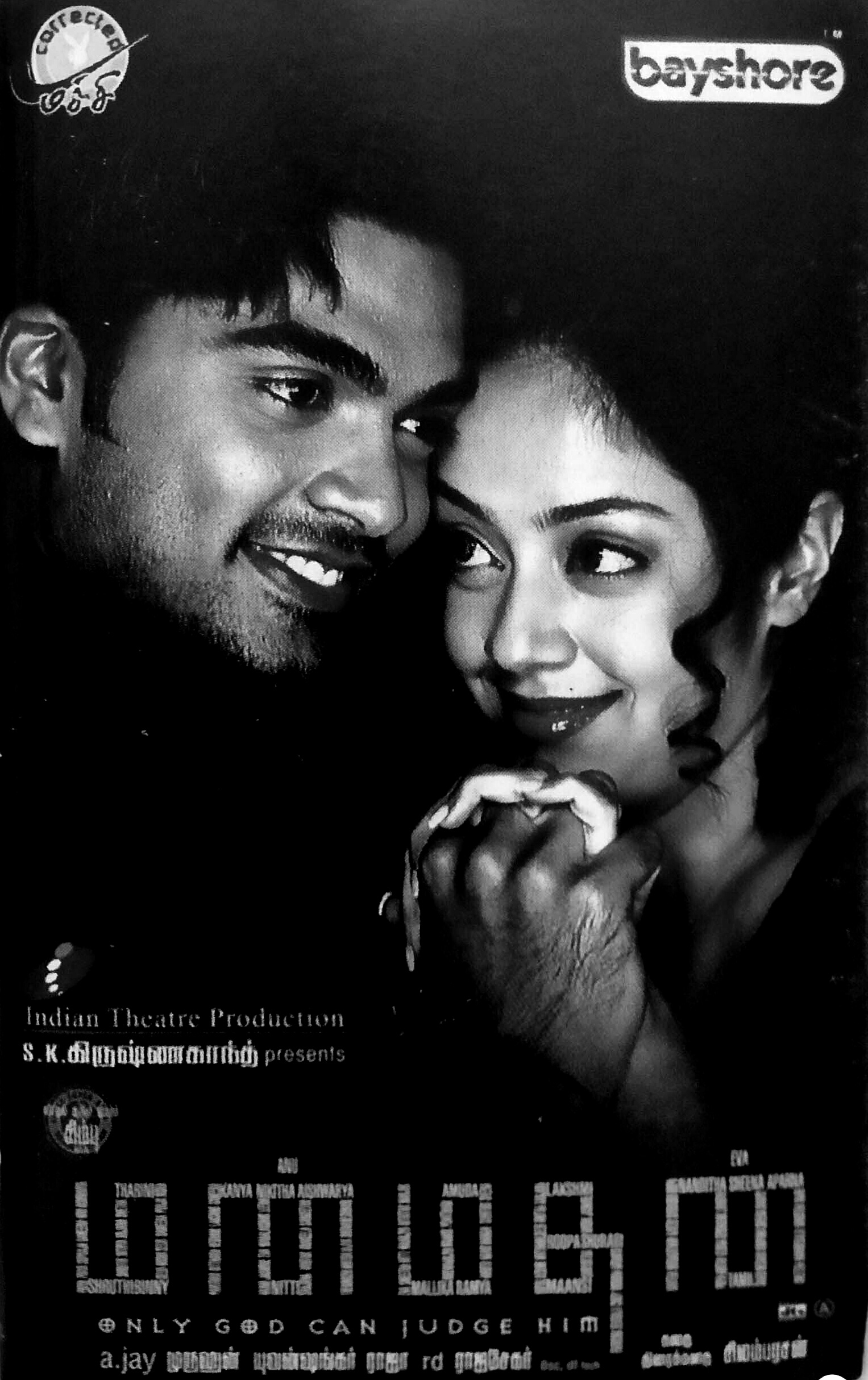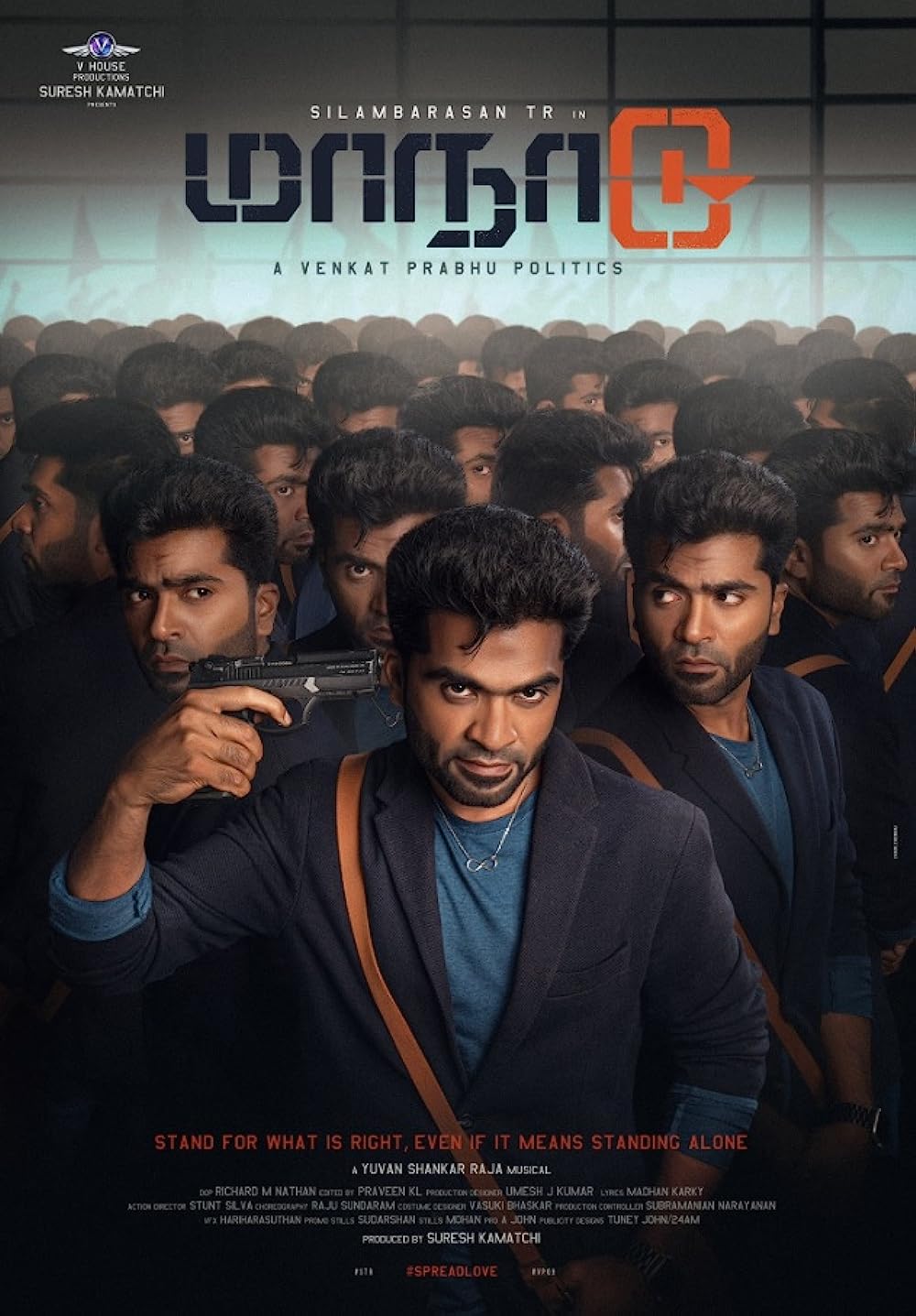Introduction
Vallavan is a Tamil-language film that appeared on the cinematic landscape in 2006. It stars Silambarasan, Nayanthara, Reema Sen, and Sandhya, all of whom played key roles. This film presents a range of themes, including romance, action, and psychological nuances.
Plot Summary
The storyline of Vallavan, carried forward by Silambarasan’s character Vallavan, presents a complex interplay of emotions and intrigue. Vallavan, a young man, finds himself smitten by Swapna, an older woman played by Nayanthara. The feeling, however, is initially one-sided. Vallavan’s attempts to express his affection are rebuffed, leading to disappointment. Determined not to give up, Vallavan puts in effort to understand Swapna and manages to win her love eventually. But this turn of events unveils previously hidden aspects of Swapna’s past, which oddly intersect with his own life. This unexpected revelation brings forth a sense of mystery and surprise, adding a psychological element to the story.
In parallel, the movie also delves into the life of Buvana, enacted by Reema Sen. Buvana, who embodies a strong, independent spirit, has feelings for Vallavan. Her storyline is carefully woven into the main narrative, adding another layer of complexity. The character dynamics, involving Vallavan, Swapna, and Buvana, create an intricate web of relationships that are explored throughout the film.
These interconnected romantic threads are further intensified by unexpected twists and turns, elements of deceit, and payback scenarios. All these culminate in a climax that is unforeseen yet impactful, engaging the audience effectively.
Production
The production of Vallavan involved Silambarasan in various roles – director, actor, and scriptwriter. His involvement in these different aspects offered a coherent vision to the film. Silambarasan’s efforts in crafting the script and direction reflect a consistent approach, visible in the overall execution of the film.
A notable contributor to the film’s ambiance was its musical score, composed by Yuvan Shankar Raja. His compositions served as a valuable tool in enhancing the film’s mood and emotional depth, establishing an audio backdrop that complemented the narrative effectively.
Another crucial aspect of the production was its location selection. The filming process spanned several locations, including diverse settings within India and overseas. Each location was selected with care, keeping in mind the narrative’s demands, which ranged from conveying the authenticity of the local culture to capturing the emotions tied to the specific scenes.
Cinematographer Nirav Shah played an essential role in ensuring that each scene was meticulously composed. His work in Vallavan catered to the visual aesthetics, enhancing the overall storytelling process by making sure every frame communicated the intended mood and message.
Conclusion
Vallavan is a film that draws its identity from its unique narrative and the performances of its actors. It showcased Silambarasan’s abilities in acting, writing, and directing. The film managed to engage different genres within a single narrative, which resonated with the audience.
Years after its release, Vallavan continues to find a place in the viewers’ minds, indicating the durability of cinema that effectively weaves together elements like love, action, and suspense. Despite the ever-changing trends in movies, Vallavan retains its relevance.
For more such content, Visit the official page of Deepan Boopathy.





